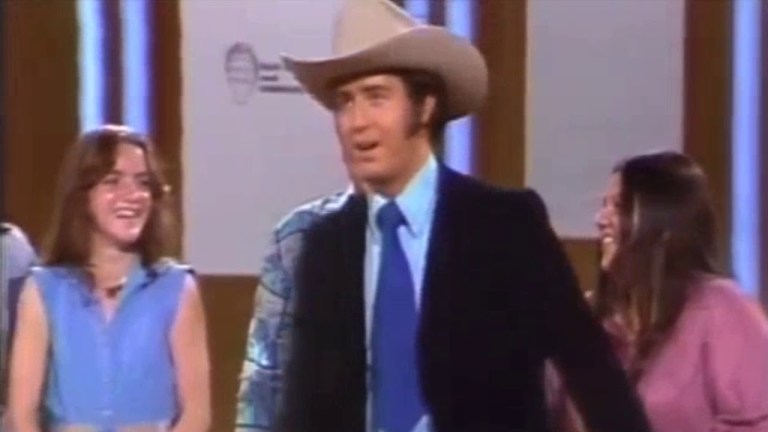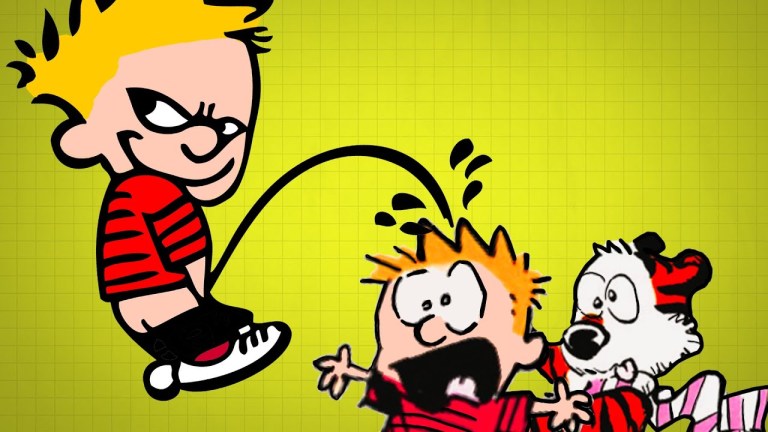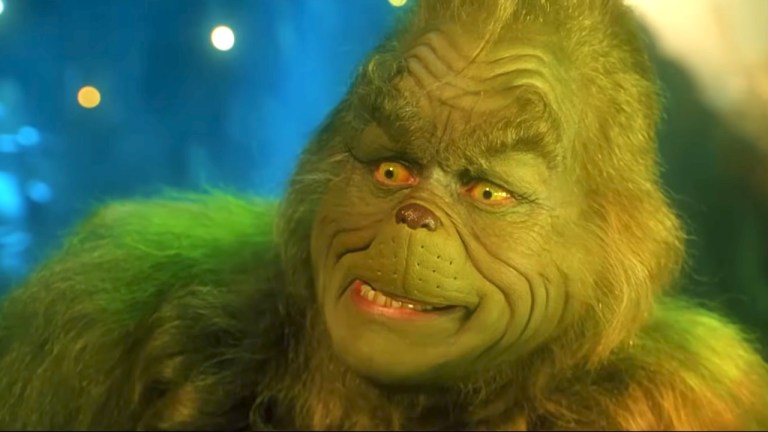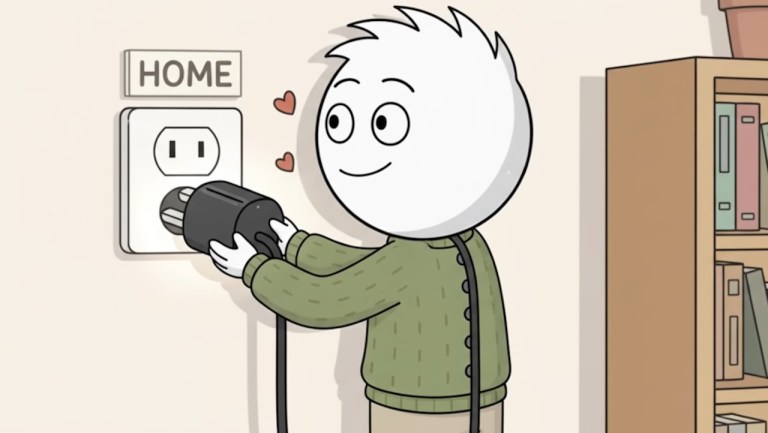The Dark Origins of Popular Nursery Rhymes
Music essayist Noah Lefevre of Polyphonic looks at the dark origins of popular nursery rhymes and why the subject of so many are so very creepy. LeFevre notes that nursery rhymes, such as “Mary, Mary Quite Contrary”, “London Bridge is Falling Down”, and “Ring Around the Rosie”, don’t necessarily line up with history but rather take their references from literature and folklore.
While these dark histories might be exaggerated they’re likely born out of a kernel of truth. Plenty of nursery rhymes undoubtedly do have meanings that have been lost to us today and that’s because of the way nursery rhymes operate as traditions of folklore.
He also explains that the idea of childhood has changed over the past century, particularly when children given more adult roles in society.
Nursery rhymes are meant to be simple and playful. They’re meant to reinforce the cultural roles that children have in society, so when they’re removed from this context and inverted put into situations that reflect darkness and the threat of violence the effect can be chilling. It’s worth noting that this conception of children as being pure and innocent is actually a relatively modern invention. For a lot of human history children were treated a lot more like small adults.






